The Antikythera Mechanism: The Two-Thousand-Year-Old Computer – Mike Beckham (2012)
Antikythera Mechanism is one of the best demonstrations of human intellect attempting to understand nature systematically. The contraption is most certainly a very complex device. It is an impressively accurate “analog model” of our then earth-centric universe. Science gives us prediction power and Antikythera Mechanism is an excellent example for how astronomical observations can be defined mathematically to reconcile lunar and solar calendars and predict eclipses with hourly accuracy using 27 gear pieces. It uses the Metonic Cyle first implemented […]

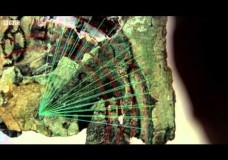
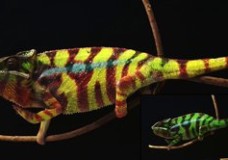
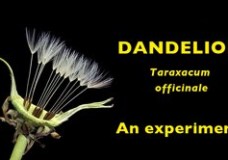
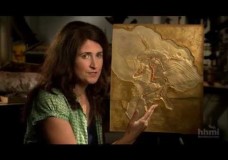
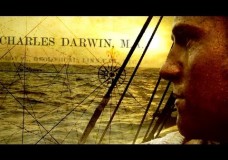
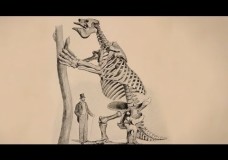
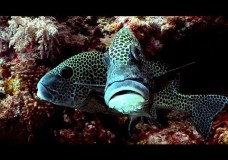

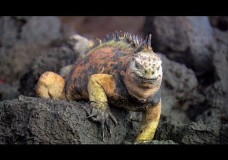
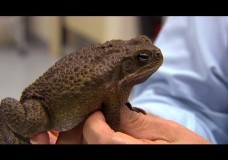
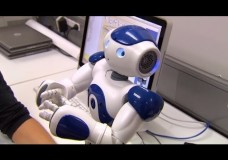
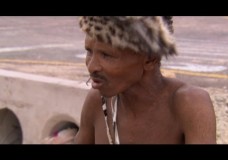
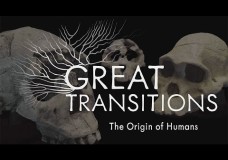
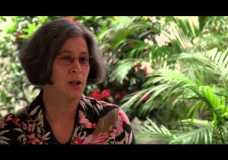
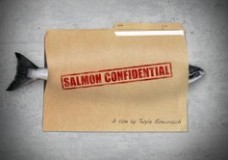

Recent Comments